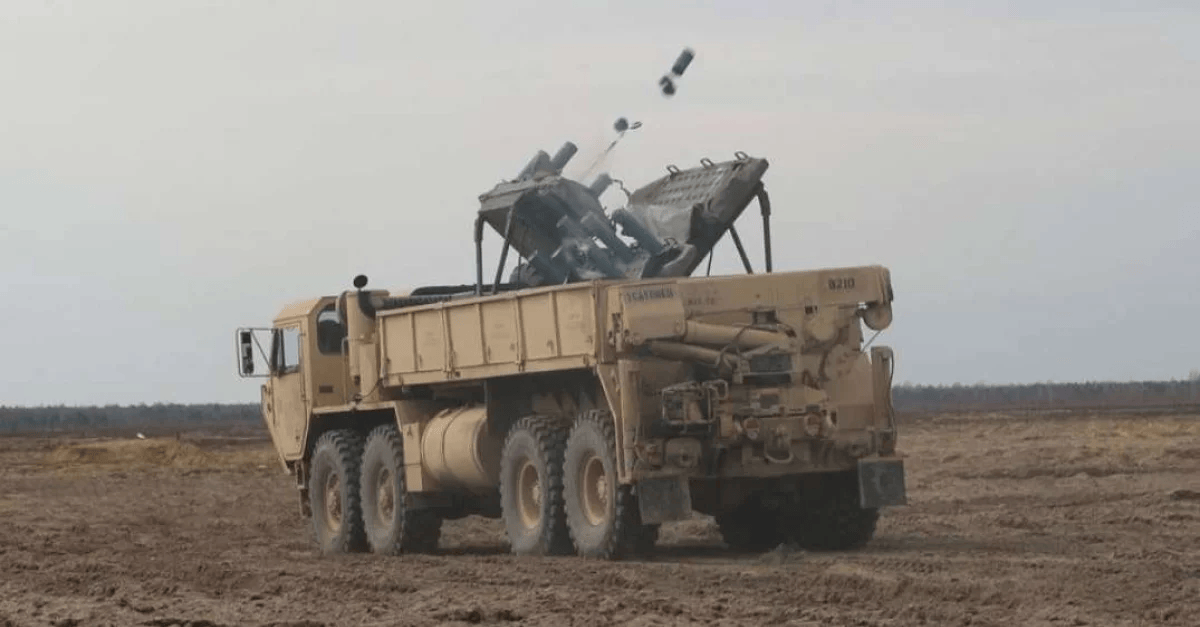INDUSTRY NEWS

Taiwan to receive all 14 M-136 Volcano mine-laying systems from US in 2026
September 26,2024
By:Defense News Army 2024
As reported by Liberty Times on September 22, 2024, Taiwan's Ministry of National Defense has announced an updated schedule for the delivery of 14 M-136 Volcano mine-laying systems from the United States. Initially, seven of these systems were set to be delivered before the end of this year, with the remaining units expected in 2026. However, due to operational delays on the U.S. side and various other factors, all 14 systems are now scheduled for delivery in 2026. Military officials confirmed they will keep close communication with their U.S. counterparts regarding any potential further adjustments to the timeline.
The Taiwanese ministry's public budget for the 2025 fiscal year indicates that the total project cost, including the purchase and related domestic logistic facilities, exceeds 4.89 billion New Taiwan dollars (approximately $153.265.118,40), spanning the period from 2022 to 2025. Upon arrival, the Volcano systems will be allocated to the engineer groups of the Army's three corps in the northern, central, and southern regions of Taiwan.
To prepare for deployment, the military has formed "Mobile Obstruction Teams" by integrating engineer groups from each corps with personnel from mechanized infantry battalions within combined arms brigades. These teams are designed to execute emergency mine-laying and establish mobile obstruction facilities swiftly in strategic areas such as roads and bridges during combat emergencies. The inclusion of the Volcano systems is intended to enhance the operational flexibility of the engineer groups.
In response to concerns about the potential for Taiwan to become a "mine island," an army general emphasized that the Volcano system includes an intelligent timed self-destruction feature and is not designed for long-term, wide-area mine-laying. The deployment focuses on precision along potential enemy landing routes. Additionally, these anti-tank mines are placed on the surface rather than buried, making them easier to identify and reducing the risk of accidental injury to personnel.
The Army Command has previously outlined that the mine-laying system is intended for wartime use, particularly in obstructing beach areas, and is classified as an anti-tank measure against enemy armored vehicles. The system offers rapid mobility, short operation time, armored protection, timed self-destruction, magnetic induction, and easy identification and clearance, ensuring the mines are not deployed over a wide front or for extended periods, thereby minimizing accidental activation risks for friendly forces or civilians.
The procurement aligns with relevant domestic and international regulations. The Army Command asserts that once operational, the system will balance humanitarian considerations with strategic needs, serving as an effective deterrent against enemy invasions.
This development follows a $146 million agreement signed between Taiwan and the United States on June 21, 2023, for acquiring the 14 Volcano systems. The deal was part of a larger arms package valued at $180 million, approved by the U.S. State Department, which included vehicle-launched Volcano systems and M977A4 HEMTT cargo trucks. While the reasons for discrepancies between the proposed package and the final agreement remain unspecified, this procurement represents an enhancement in Taiwan's defense capabilities.
The Volcano anti-tank munition-laying systems are capable of rapidly deploying anti-tank mines over large areas, serving as a deterrent against potential amphibious landings. The M136 Volcano is an automated mine delivery system that can quickly create extensive minefields using prepackaged canisters containing anti-personnel and anti-tank mines. This system is employed by armed forces globally and can be mounted on aircraft or ground vehicles.
The Ground Volcano is specifically designed for deep and tactical minefields, using the M139 Dispenser and an easy-to-use dispensing control unit. It employs modified GATOR mines available in live or inert canisters. The system includes three main components: M87A1 anti-tank munitions, M88 canister training munitions, and M89 training munitions.
Each M87A1 canister holds six anti-tank mines and one anti-personnel mine. The anti-tank mines feature magnetically induced fuses, making them highly sensitive to movement once armed. The anti-personnel mines have an electrical fusing circuit triggered by a trip wire, deploying eight trip wires up to 12 meters upon ground impact. These mines measure 12 cm in diameter, 6 cm in height, and contain approximately 605 grams of explosives.
Mounted on the Oshkosh Defense HEMTT A4 M977A4 truck, each Volcano dispenser can carry 960 anti-tank and anti-personnel mines, deploying a minefield up to 1,100 meters long and 120 meters wide within 4 to 12 minutes. The mines feature a timed self-destruct mechanism, ensuring unexploded ordnance does not pose a long-term risk.
The M977A4 truck has an onboard crane with a 4,500-pound load capacity, an anti-lock braking system, traction control, and air-ride suspension. Powered by a diesel Caterpillar C15 engine generating 500 horsepower, the truck has a payload capacity of 9,780 kg and can ford water up to 1.2 meters deep, making it air-transportable.
Source:
https://www.armyrecognition.com/news/army-news/army-news-2024/taiwan-to-receive-all-14-m-136-volcano-mine-laying-systems-from-us-in-2026

